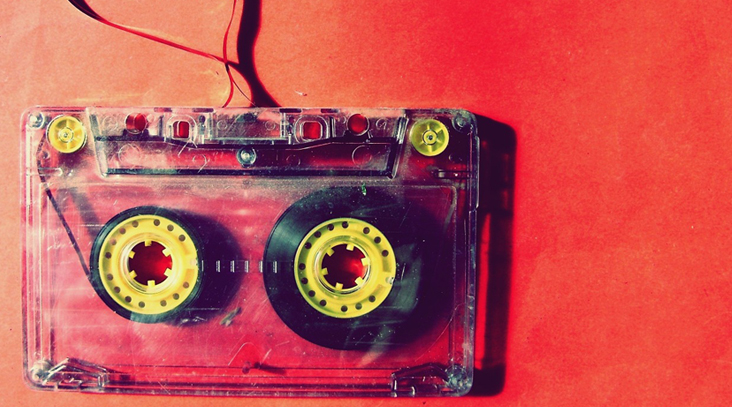A Brief History of New Wave and Why We Love It
New wave emerged onto the music scene in the late 1970’s as a subset of rock music. It was a term coined by music critics to refer to bands who were new on the scene and not quite creating punk rock, but still possessed the individuality and irreverence of bands in that genre. By the end of the 1970’s new wave was the standard term for bands emerging in the underground rock scene in the UK.
In the states, radio stations and venues began using the term new wave thinking that using punk rock would effect sales. Some of the first bands to play CBGB in New York under the classification of new wave included The Talking Heads and Blondie.
In other countries, like Germany, the music was becoming more reliant on synthesizers, creating a sub-genre called Krautrock, which would eventually have a large impact on the music created under the genre new wave.
The first new wave song to chart in the US was “Cars” by Gary Numan in 1980. It popularized synthesizer dance music and also created the sub-genre of synth pop.
As a result of its success, new wave began to be used to classify countless acts in the early 1980’s, sprung on by the success of MTV and popular films. Bands like Duran Duran, Billy Idol, Depeche Mode, The Cars and more dominated television and radio.
Part of new wave’s success was that unlike its predecessor, punk, it had no political ties. It was fun, romantic, vivacious music which was easy to dance to and appealed to the youth of the time. Much like punk, there was a visual style that often accompanied new wave artists’ music.
Visiting dance and live music clubs at the height of its popularity in the 80’s provided a display of Aquanet-supported hair styles, brightly colored makeup, and outfits made of anything from leather to mesh. Take a look back for yourself here. (Highly entertaining.)
Similar to the genres indie rock and post-punk today, new wave eventually became an all-encompassing term for popular music in the 1980’s. Like any other popular musical movement, it began to receive backlash and a counter-culture was created, paving the way for the hair metal days of the mid to late 80’s.
Regardless of the general descriptor new wave became, its easy to see why the genre has been so popular over the years. Music by artists like The Cure, Depeche Mode, and Duran Duran has endured decades of airplay only to remain popular with adults and youth alike. Even today, many popular bands are influenced directly by new wave artists. Electronic rock music has become increasingly popular, with bands like The Killers (who started the more recent trend in the early 2000’s), The 1975, and others bringing the stylings of new wave music back to the masses.
Some of my current personal favorites influenced by new wave include Soft Kill, Drab Majesty, and The New Division.
Watch some of the timeless new wave music videos below:


